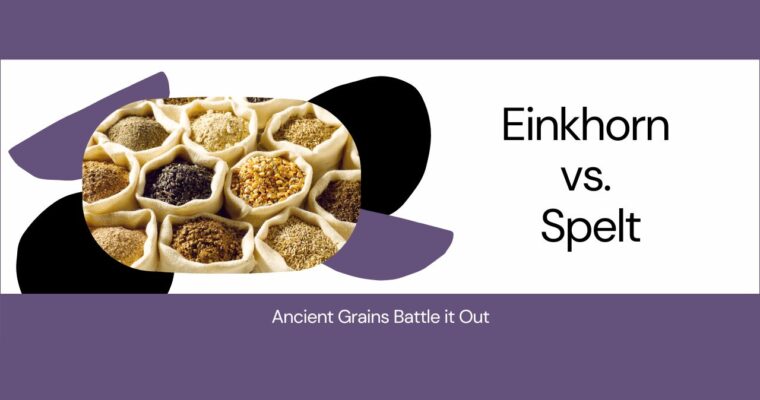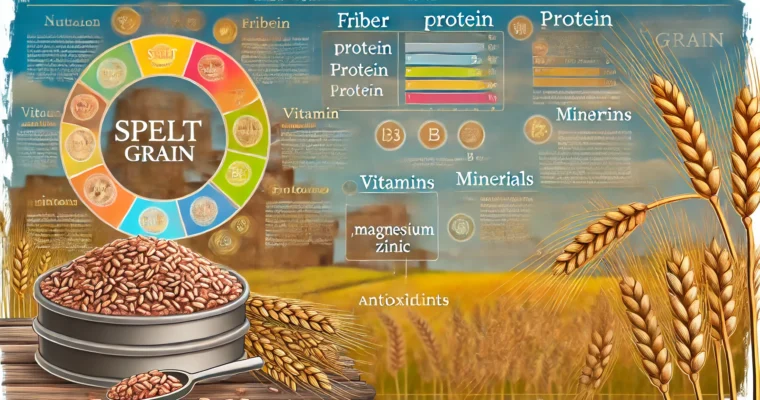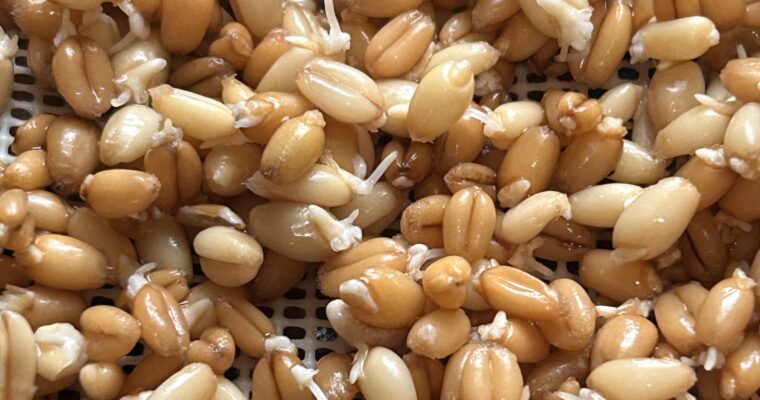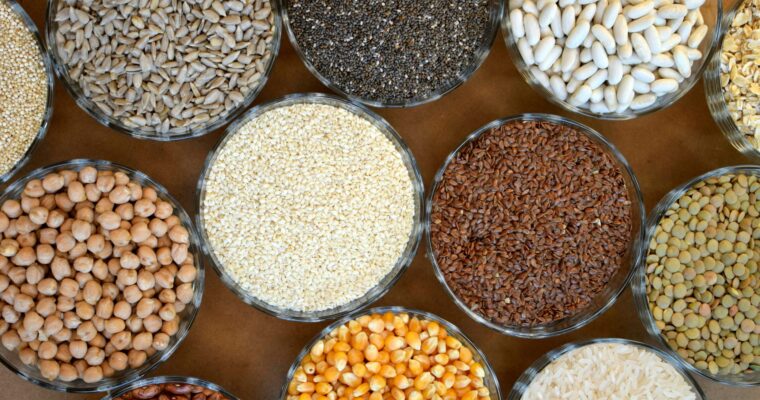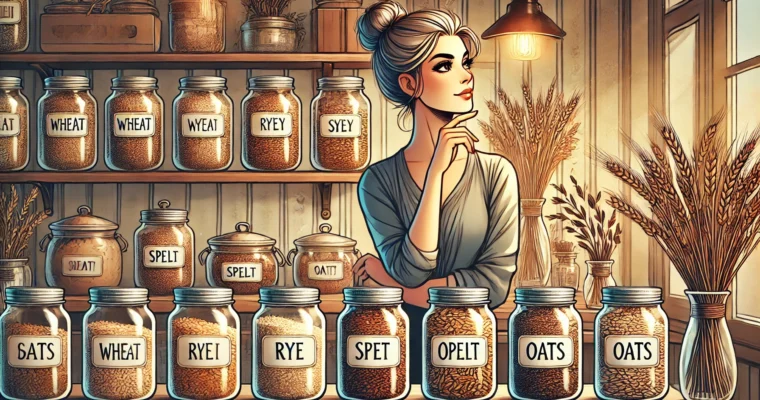Spelt vs. Einkorn: The Ultimate Battle of Ancient Grains
Battle of the Ancient Grains: Spelt vs. Einkorn for Baking Whole Grain Goodness Welcome, fellow baking enthusiasts and health-conscious foodies, to a showdown of epic proportions in the world of ancient grains! Today, we’re diving into the age-old debate: Spelt vs. Einkorn — which ancient read more…

